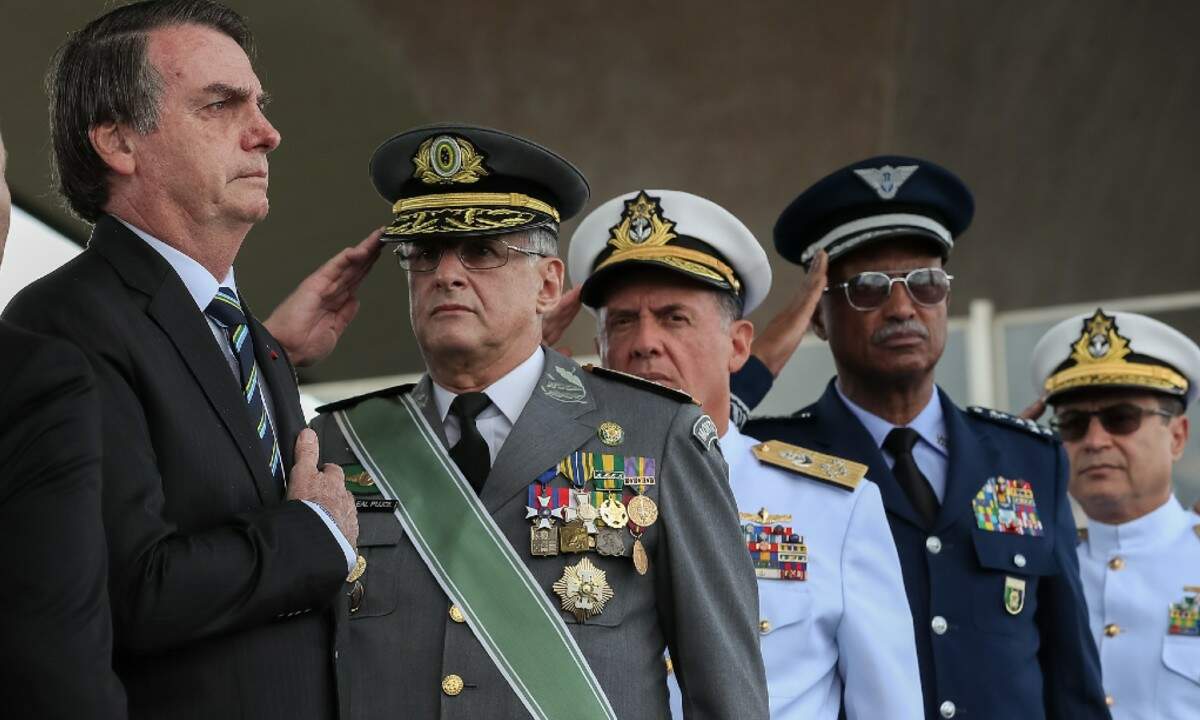
The decade of 1960 saw the decolonisation process picking momentum and with it the continued European military retreat from places once in the heart of their former colonial empires. The British withdraw intensified in the 1970s through the disengagement from East of Suez. At the end of the 20th century Britain had, beyond the Suez Canal, only a permanent presence in foreign territory, that is in Brunei, and a military arrangement in Southeast Asia, showing that besides the steady retreat since the 1960s the region relevance is worth the continued British engagement even on a reduced scale.
Moreover, the relations between the United Kingdom and Brunei are still strong even after the last gained its independence from Britain on 1 January 1984. On the same day signalling the future good relations towards the UK, Brunei became the 49th member of the Commonwealth. Since the independence, British forces have been stationed there at the request of the current Sultan, in an agreement renewed at every five years. The Sultan, equipped with substantial revenues of Brunei’s gas and oil reserves, pays for the British military presence of about 1,000 soldiers in the country, thus demonstrating that Britain has been seen as one of the closest allies of the small and oil-rich country.
The British military presence in Brunei is focused on a Light Infantry Battalion. This force comprises one of the two battalions of the Royal Gurkha Rifles. This battalion located in Brunei operates as the British Army’s acclimatised Far East reserve and when needed is available for overseas deployments with other elements of the British Armed Forces as, for example, the Battalion has been deployed to places as far as Sierra Leone and East Timor.
Spanning 2,226 square miles, the relative small sovereign state located on the north coast of the island of Borneo is the home of the British Forces Brunei (BFB). Since the handover of Hong Kong in 1997, the garrison in Brunei is Britain’s last remaining military base in the Far East and has become one of the three bases "East of Suez", alongside the new HMS Juffair in Bahrain and Diego Garcia in the British Indian Ocean Territory strategically situated halfway between Tanzania and Indonesia.
The great importance of the British Army presence in Brunei is that its geographic location puts Britain’s military reach far beyond the Suez Canal and enables better management of possible crises in the region. It’s relevant and crucial to British interests in having a reliable ally and a significant military outpost and related facilities in these times of growing tensions amidst the great powers and the countries of the region involved in the territorial disputes in the South China Sea.
Growing tensions mixed with the strong relations between the UK and Brunei has led the Asian country to show great enthusiasm for the constant British military presence and indeed sees Britain as its biggest European ally to count on if necessities arise. Likewise, Brunei is an important UK ally in the region and along with Malaysia and Singapore plays an extremely relevant role in support of the British forces in the area.
The commitments with Brunei play a larger part in determining the strength of the UK than it seems. This role occurs especially because of the strategic position of Brunei and vast possibilities in training the British Forces in the jungle warfare and thus widening their range of action.
Regarding other British partners in the region, on April 1971, the UK alongside Australia, Malaysia, New Zealand, and Singapore, all Commonwealth members, gathered their ministers to issue a communiqué regarding a new defence arrangement, which was the birth of the Five Power Defence Arrangements (FPDA).
The Arrangements were established through a series of multi-lateral agreements between its five members following the need to replace Britain’s former defence guarantees to Malaysia and Singapore under the Anglo-Malayan Defence Agreement which also involved Australia and New Zealand. Therefore, in 1971 a new defence agreement was settled and signed with the primary purpose to reinforce the British military commitments with the two young countries of Singapore and Malaysia and to keep the strong defence ties with Australia and New Zealand.
Originally established to provide air defence to Singapore and Malaysia, the Arrangements’ exercise programme has experienced an increase in complexity and scope. Following the increase in interest and enthusiasm of the members, the size of the joint military exercises enlarged, and its scope expanded. Alongside the air exercises land and naval forces from Britain, New Zealand and Australia are committed every year to hold military operations with their counterparts in Malaysia or Singapore.
According to the Five Power Defence Arrangements, in a case of attack or significant threat against Malaysia and Singapore, ministers of the five nations are to consult each other immediately to decide what actions should be carried out separately or jointly.
However, no specific mention commits its member countries to intervene militarily in case of attack, and the FPDA does not make reference to exclusive economic zones (EEZ). Thereby the enforcement of the EEZ is an issue for that state, but a member may ask the others to assist in doing so.
In spite of that flexibility, it also provides defence co-operation amongst its members, establishing an Integrated Air Defence System (IADS) for the Peninsula of Malaysia and Singapore. This IADS is based at the Royal Malaysian Air Force (RMAF) Butterworth.
Moreover, there is annually a Defence Chiefs’ Conference (FDCC) hosted either by Singapore or Malaysia. The FDCC is the highest military professional forum of the Arrangements and is used as a relevant mechanism for dialogue and interchange of ideas amongst the meeting parts. There is as well the Five Powers Defence Arrangements Ministerial Meeting (FDMM) with a focus mainly to gather the ministers of the five nations to reinforce the commitments and their role within the context of regional security.
Alongside the military outpost in Brunei, Britain has a presence in the region through a support facility in Singapore. The facility is a permanent naval repair and logistics support centre located at the Sembawang Wharf which is used by the Royal Navy’s ships when paying visits to the area.
About the British naval presence, according to Michael Fallon, British defence secretary, Britain will increase her presence in the area, and by the 2020s one of the two Queen Elizabeth-class aircraft carriers will be in the region. Regarding her position in Malaysia, Britain has a regular presence through the Royal Air Force (RAF) in the Air Force Station of the RMAF Butterworth, in the state of Penang in West Malaysia. This station is currently the headquarters of the Five Power Defence Arrangements Integrated Area Defence for Malaysia and Singapore and involves personnel from all the Five Powers and has an Australian officer of the RAAF currently in command.
So, from its begin in 1971, the Five Power Defence Arrangements have become an important and credible military co-operation that holds the possibility to play greater roles in the regional defence structure. It also has roles to play in what concerns counter-terrorism, non-conventional threats, anti-piracy efforts and disaster rescue.
Furthermore, the FPDA is a deterrent to external threats against Malaysia and Singapore and allows the UK alongside Australia and New Zealand to continue strategically linked to the region that is a source of growing concerns because of territorial disputes in the South China Sea and is as well an important pathway of valuable trade routes. The FPDA also helps Britain carry on long-standing military relationships with four Commonwealth allies, fostering closer co-operation and mutual trust.
Image: Union Flag. By: Vaughan Leiberum.
João Vitor Tossini is a under-graduated student in the São Paulo State University (UNESP) in Franca and a collaborator at "UK Defence Journal".
Imagem:









